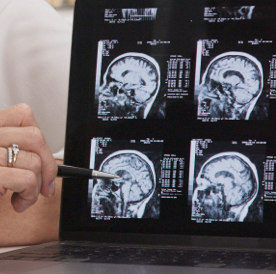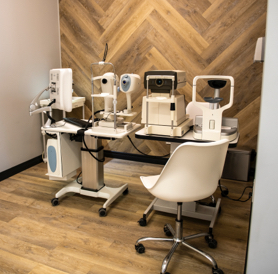Dry Eye Disease: A Nuisance or Something More?
Nearly everyone has experienced the discomfort of having dry eyes, be it on a windy day, after a sleepless night, or due to allergies. Dry eye disease goes beyond a one-off irritation.
Dry Eye Symptoms
Dry eye symptoms are wide-ranging, and almost all are uncomfortable. They generally affect both eyes.
Symptoms you might notice include:
- A stinging, burning or scratchy sensation in your eyes
- Stringy mucus in or around your eyes
- Sensitivity to light
- Eye redness
- A sensation of having something in your eyes
- Difficulty wearing contact lenses
- Difficulty with nighttime driving
- Watery eyes, which is the body’s response to the irritation of dry eyes
- Blurred vision or eye fatigue
Causes of Dry Eye
Meibomian Gland Dysfunction
Meibomian gland dysfunction (MGD) is a problem with the small glands that produce the oily component of your tears. If the oil balance in the tears is thrown off, you may feel a burning or itching sensation, or feel like sand or dust has made it way into your eye.
MGD is the most common cause of dry eye symptoms. Since the oily layer is meant to keep tears on your eye and smooth the surface of the eye while blinking, it’s no wonder problems with the glands cause dry eye.
Treatments for Meibomian Gland Dysfunction are available! Check out our dry eye treatment page to explore our offerings.
Disruptions in the Tear Film
Dry eye disease is caused by a disruption in the eye’s healthy tear film. The tear film spreads across your eye whenever you blink and keeps your eye’s surface clear and smooth.
There are 3 layers of the tear film:
- The oily layer is the outside of the tear film, which stops the tears from drying up quickly
- The watery layer is the middle of the tear film, which cleans the eye, washing away any irritants
- The mucus layer is the inner layer of the tear film, which helps the tears adhere to the eye
If any of these tear layers is incapable of performing its job, dryness can occur.
What Disrupts the Tear Film?
There are plenty of factors that can cause the tear film to perform incorrectly:
- Environmental factors
- Medications
- Aging
- Autoimmune conditions
- Diabetes
- Thyroid conditions
- Vitamin A deficiency
- Inflammatory skin and eyelid disorders
- Digital Eye Strain
- Laser Eye Surgery
- Contact Lenses

Alleviate Your Dry Eye Symptoms
Our dry eye treatments can provide relief from eye irritation. Give us a call to book an appointment and see how we can ease your symptoms.

Our Location
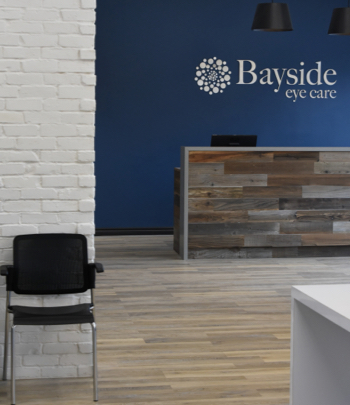
Visit Us
Just off Leacock Drive, find us in the strip mall next to O’Sullivan Animal Hospital.
- Phone: 705-728-3396
- 420 Leacock Drive, Unit I
- Barrie, ON L4N 5G5
Hours of Operation
- Monday: 9:00 AM – 5:00 PM
- Tuesday: 9:00 AM – 6:00 PM
- Wednesday: 9:00 AM – 6:30 PM
- Thursday: 9:00 AM – 6:00 PM
- Friday: 8:00 AM – 1:30 PM
- Saturday: Closed
- Sunday: Closed



See Our Google Reviews

OUR BLOG
Vision Therapy for Strabismus
Vision TherapyVision therapy is an effective, noninvasive treatment option that helps retrain the eyes and brain to work together more efficiently. […]
How Long Does Eye Strain Last?
Digital Eye StrainDry EyeEye HealthDigital eye strain tends to last for a few hours. In the meantime, it helps to take a break and rest your eyes—try avoiding screens where possible and regularly focusing your eyes at different distances. This gives them a much-needed rest.
[…]
Glaucoma vs Cataracts: What’s the Difference?
Eye ConditionsEye Health Glaucoma and cataracts are two of the most frequent eye issues, but they differ significantly in their causes, symptoms, and treatments.
[…]
Vision Therapy for Strabismus
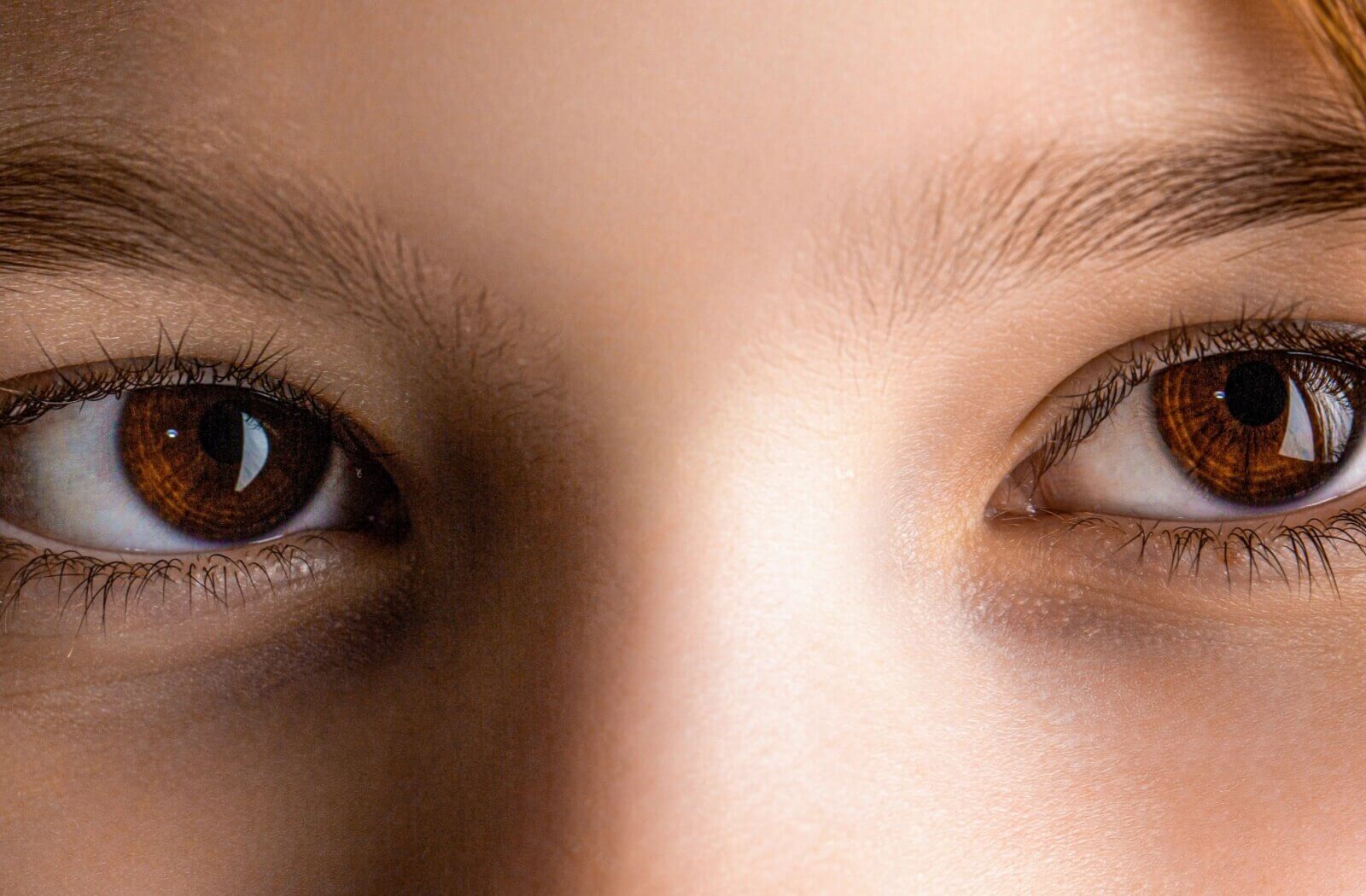
Vision therapy is an effective, noninvasive treatment option that helps retrain the eyes and brain to work together more efficiently. […]
How Long Does Eye Strain Last?
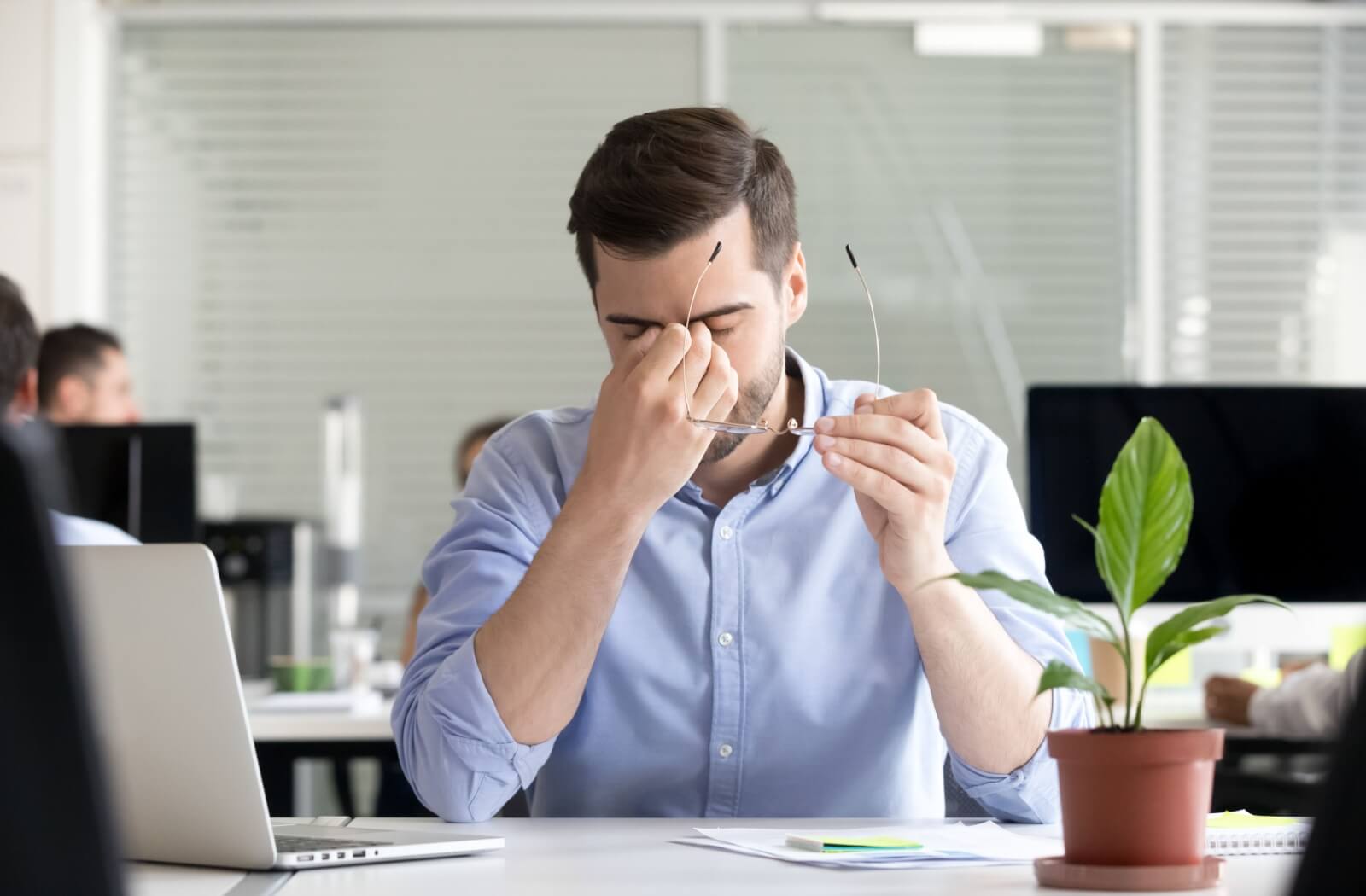
Digital eye strain tends to last for a few hours. In the meantime, it helps to take a break and rest your eyes—try avoiding screens where possible and regularly focusing your eyes at different distances. This gives them a much-needed rest.
[…]
Glaucoma vs Cataracts: What’s the Difference?
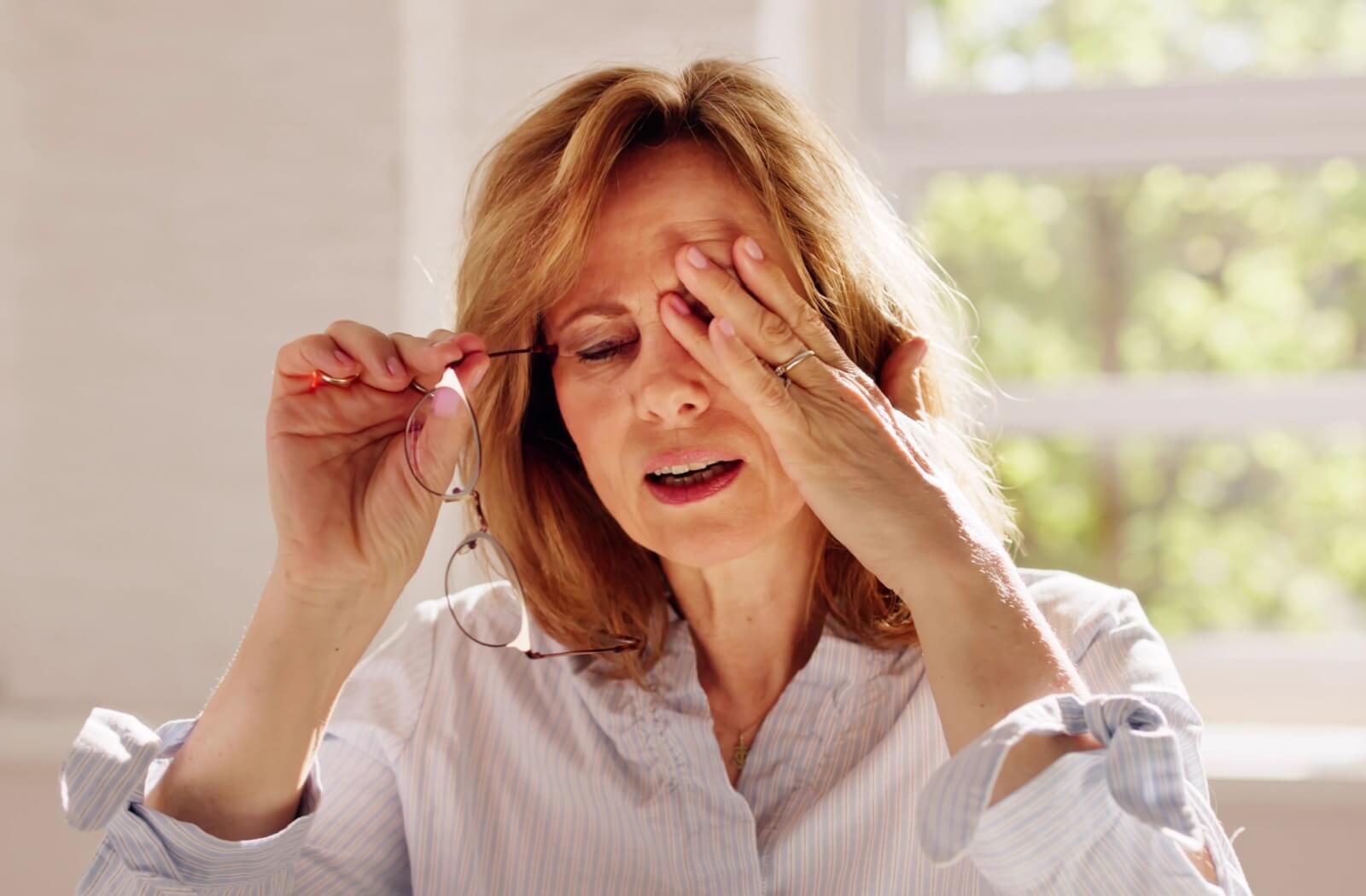
Glaucoma and cataracts are two of the most frequent eye issues, but they differ significantly in their causes, symptoms, and treatments.
[…]



